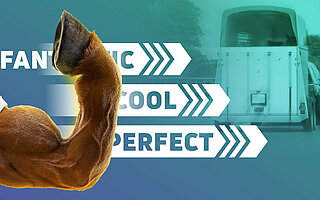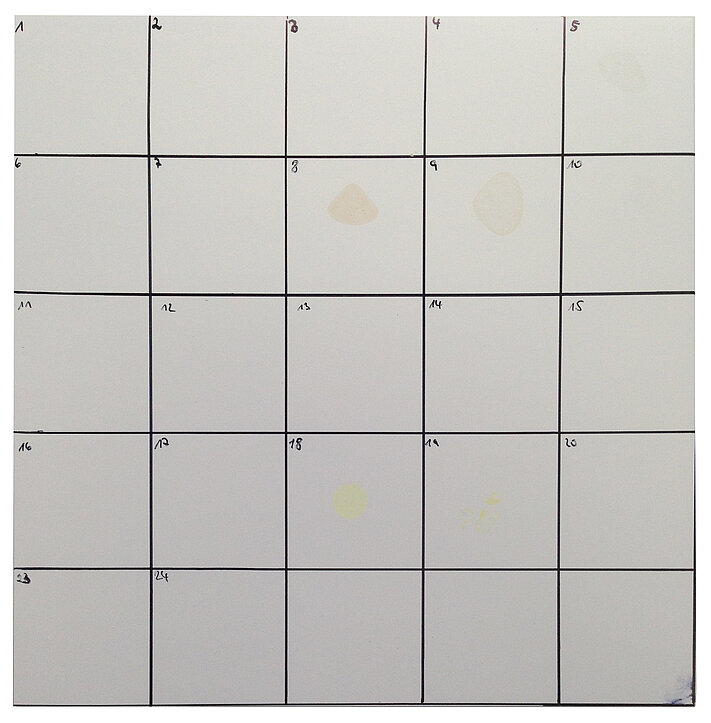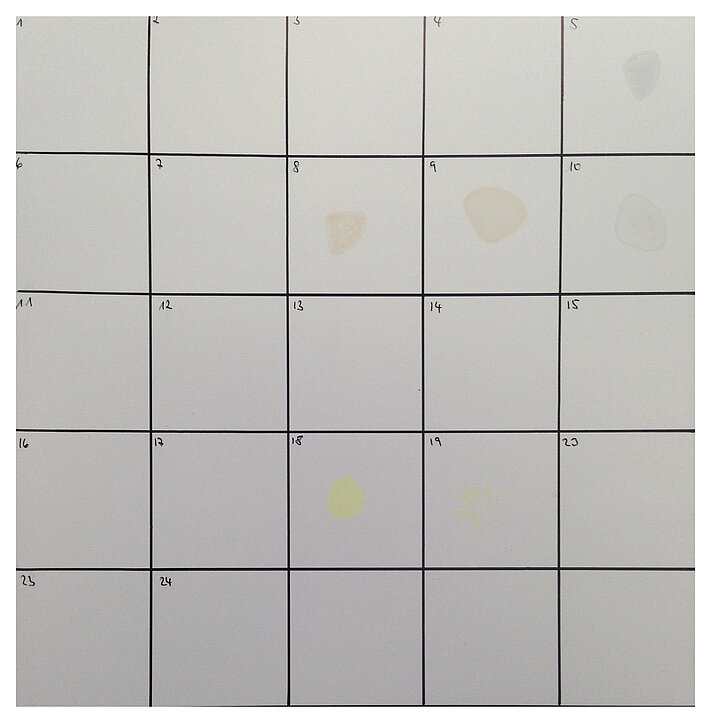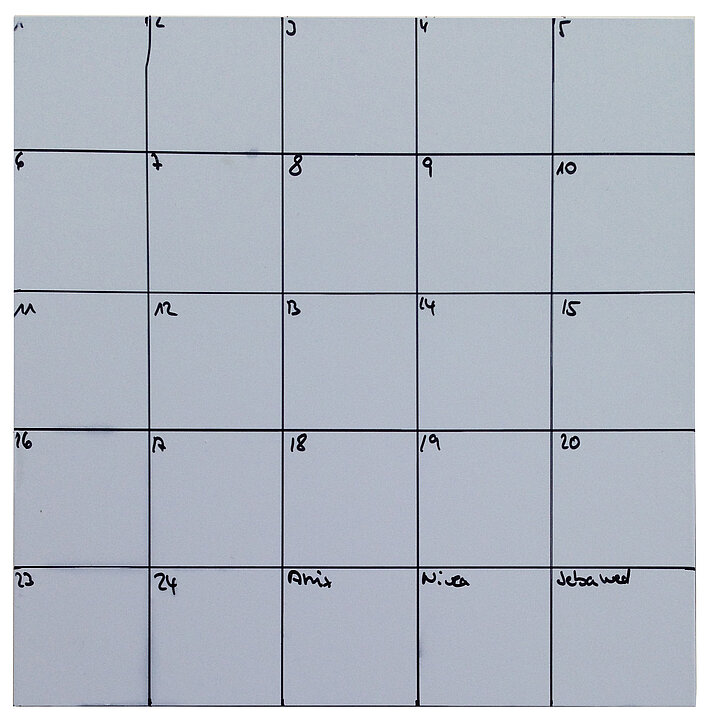Sustainability, climate protection, environmental protection. The big issues of our times. They move us as a society and question our usual actions.
Water-based paints and e-cars have in common that they want to solve problems in these areas.
Exhaust gas emissions from diesel in the city can be compared with solvent emissions from traditional NC and PU lacquers. The automotive industry's search for environmentally friendly raw materials for battery production is similar to the efforts of lacquer manufacturers to work with natural, renewable or recycled raw materials. In other words, the background to the technological change is the same for the e-car and the lacquer. So far, so understandable, but not always helpful in practice.
Let's stay in the picture and look at our major lacquer families.
FANTASTIC family (solvent PU), COOL family (1C water-based paint), PERFECT family (2C PU water-based lacquer). In the world of cars, they correspond to the Ford S-Max Diesel with 2 towing capacity, the Volkswagen ID4 with 1 to and the Mercedes EQC with 1.8 to towing capacity.
As long as you are on the road without a trailer, they all do their job equally well. If we stay in the city, the range doesn't matter either. The ID4 will be the most economical in terms of fuel consumption.
But if we want to take our two show horses to a show 300 km away, the disadvantages of the systems become apparent. My horse trailer is too heavy for the VW. I can do it with the Mercedes, and if I have filled up with green electricity, it is also more environmentally friendly than with my diesel.
It's a similar story with our lacquer families. They all fulfil the basic requirements equally well. Under load, i.e. depending on the special requirements, the differences become visible. The PERFECT family corresponds to the Mercedes in our picture, which can both pull the load and is more environmentally friendly than the diesel version from Ford.



